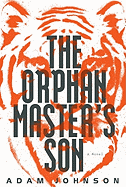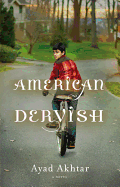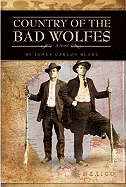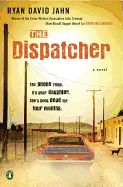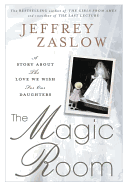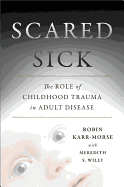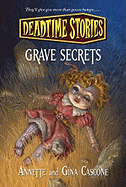Pity the Poor SF Writer
 Pity the poor writer of science fiction. The pace at which fact is now duplicating fiction is getting so rapid that the writer barely has the chance to type "The End" before his oh-so-fantastic ideas are being sold on Amazon.
Pity the poor writer of science fiction. The pace at which fact is now duplicating fiction is getting so rapid that the writer barely has the chance to type "The End" before his oh-so-fantastic ideas are being sold on Amazon.
H.G. Wells was given 70 years' grace before his "capsule to the moon" idea became reality. Kirk had to wait 30 years before his tricorder was available in the shops. But I got a fiction-to-fact breathing space of only two years.
My book The Demi-Monde: Winter describes how the U.S. army develops a MMOG (a massively multiplayer online game) to provide training for its grunts in Asymmetric Warfare Environments. This virtual world--the eponymous Demi-Monde--is populated by 30 million digital duplicates, and considering the amount of processing power such a world would need, I proposed that this 30-mile-wide simulation would need to be platformed on a quantum computer by the name of ABBA. I set the story in 2018, so I felt pretty confident that fact wouldn't be catching up with fiction until the four-book series was on the shelves.
Big mistake. I was asked the question: "Is it plausible that any government is working on a Demi-Monde of its own at this very moment?" My initial reaction was "Don't be silly," but I Googled "Virtual Worlds + US military" and alighted on the Nextgov site, which reported that "the Army wants to develop a massive virtual world populated by 10,000 avatars that are managed by artificial intelligence and operate over a 32-mile-square simulated landscape." Fact had caught up with fiction!
All I would say is that the U.S. military should wait until all four books are out before going much further, and if they've got ParaDigm CyberResearch as a contractor, they're in big trouble. --Rod Rees, author of The Demi-Monde: Winter (Morrow, December 27, 2011)


BINC.1024.B1.HELPABOOKSELLER.jpg)
 In
In 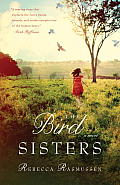 Familial sacrifice and sudden loss define The Bird Sisters by Rebecca Rasmussen. In this novel set in Wisconsin, Milly and Twiss, two spinster sisters in the twilight of their lives, spend the majority of their days caring for wounded birds--and people. The two look back on the life-changing events of a summer in 1947 when they were teenagers. The story weaves seamlessly between the present and the past, when small moments from that one summer, and subsequent decisions made, dramatically altered the course of the sisters' existence.
Familial sacrifice and sudden loss define The Bird Sisters by Rebecca Rasmussen. In this novel set in Wisconsin, Milly and Twiss, two spinster sisters in the twilight of their lives, spend the majority of their days caring for wounded birds--and people. The two look back on the life-changing events of a summer in 1947 when they were teenagers. The story weaves seamlessly between the present and the past, when small moments from that one summer, and subsequent decisions made, dramatically altered the course of the sisters' existence. A single, tragic event comes to define and filter through three generations of one Kentucky family in The Sisters, a multi-generational saga by
A single, tragic event comes to define and filter through three generations of one Kentucky family in The Sisters, a multi-generational saga by 